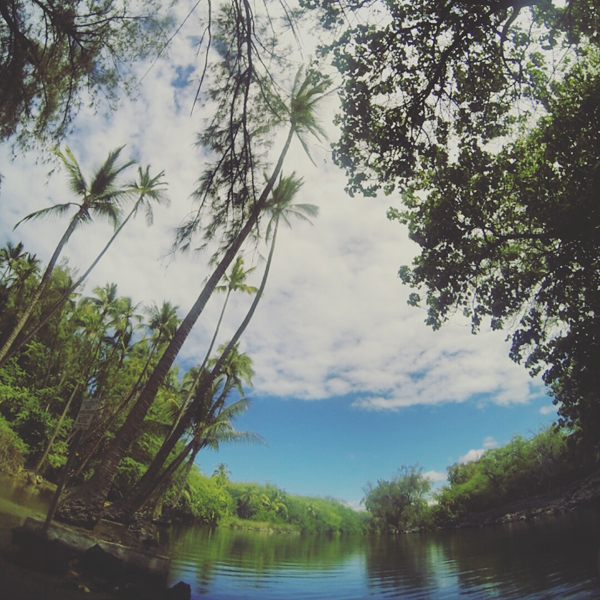Hehihehi management for microbially-mediated sediment removal in fishponds
PRINCIPAL INVESTIGATOR: Kiana Frank

Sedimentation has been identified as one of the top five challenges for restoration faced by fishpond stewards. It is not clear what the most effective (and cheap) mechanisms are for removing such large volumes of sediment from fishponds without drastically disturbing the habitat and negatively impacting downstream reef ecosystems. However, much can be learned from the success of traditional Hawaiian resource management and better understanding why those management strategies worked, to better apply them today. For example, hehihehi – the act of stomping, mixing and disturbing – was a traditional management technique used to help remove sediment accumulated in fishponds. Would the hehihehi practice of our ancestors still be effective towards sediment management today? We hypothesize that hehihehi management helped naturally occurring microbes to decompose sediment faster by providing more oxygen to the microbes. In this project we are investigating how fast microbes decompose sediment across fishpond ecosystems and what physical processes fishpond stewards can employ to enhance that activity. It is likely that contemporary management strategies that are synergistic with natural microbial processes may be the most effective, cost and energy-saving mechanisms for restoration of a healthy fishpond ecosystem. The results of this work would enable estimates of the time it would take for microbes to decompose all sediment in a given fishpond area, which is valuable data for generating a cost benefit analysis and enabling open and informed decision making about sediment management.
Watch a podcast on this project here.

